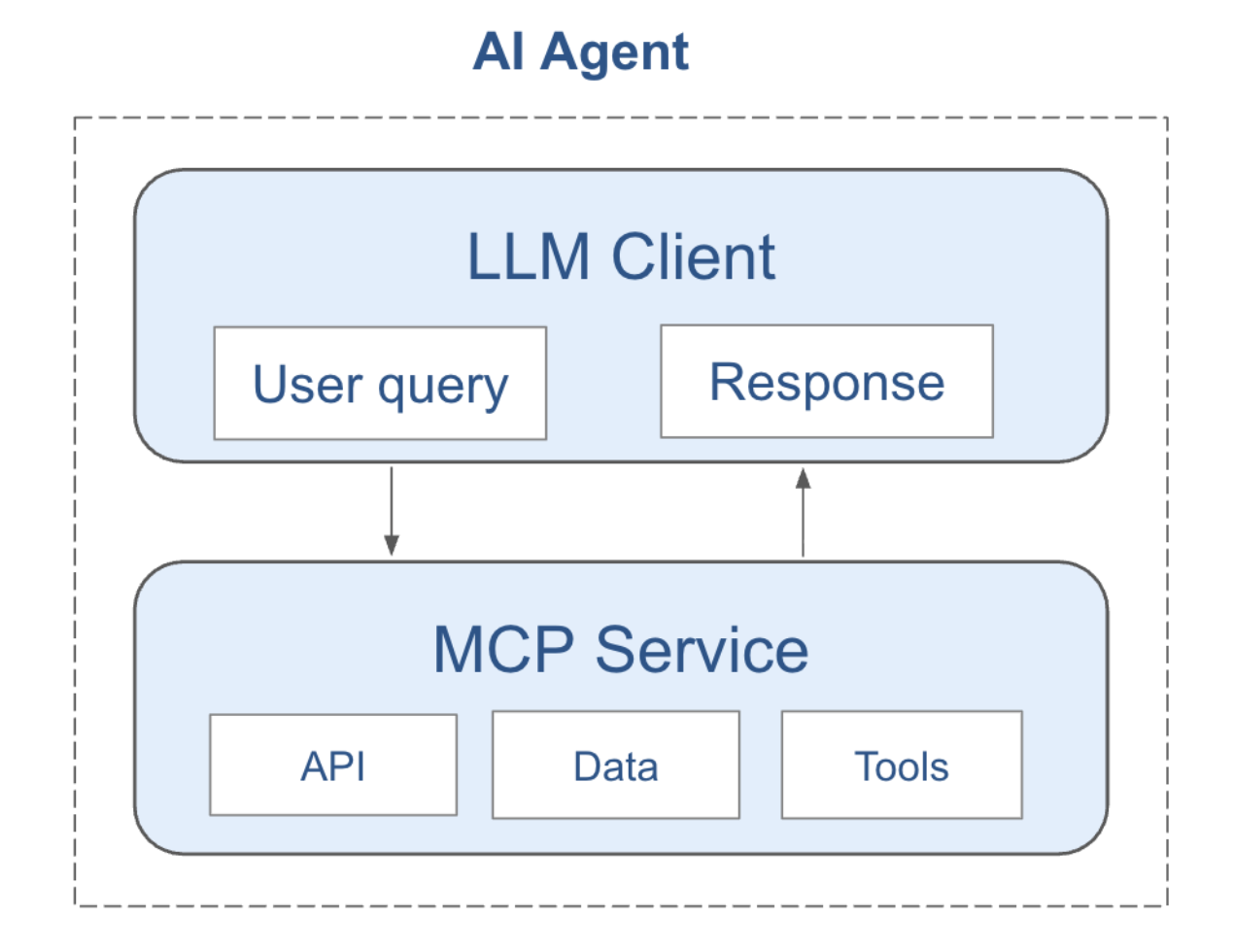
November 19, 2024
November 19, 2024
Validation Toolkit for Salient Forecasts
Context
- Customers often ask us "how accurate are your forecasts?"
- Many commercial engagements begin with a validation process to build confidence
- Salient calculates and releases skill scores with every model release
- This guide shows you how to reproduce and understand Salient's internal skill score calculations
- If you're starting to work with Salient, this recipe can accelerate your testing
- The follow-on step is to demonstrate business value by testing Salient's forecasts in decision-making

Validating vs ERA5
- Salient evaluates probabilistic forecasts using the Continuous Ranked Probability Score (CRPS):
- Salient's models are trained using rigorous cross-validation to the ERA5 reanalysis dataset, which serves as "truth"
- We compare skill between two forecasts with the Continuous Ranked Probability Skill Score (CRPSS) [more here]
- We calculate CRPS for Salient and other forecasts and publish skill scores for our customers:
- Calculating skill is part of our product development and improvement process
- Every variable, timescale, lead time, and lat/lon point has a unique skill score
- The easiest way to see Salient's skill metrics is visually in the dashboard's "Skill" tab
- All precomputed skill scores are also available via the hindcast_summary software development kit (SDK) function
- Reproduce the methodology that calculates Salient's skill scores with this process:
- Start with the validate Python notebook in salientsdk [get it now]
- Download all forecasts since 2015, for both the Salient model and a "reference" model for comparison
- Note: Salient's models are trained on pre-2015 data, so these forecasts are out of sample with no leakage of truth into the model training
- Download historical ERA5, which will be the "truth" for the CRPS calculation
- Calculate skill to the Salient forecast using the included SDK's crps function
- Also calculate a CRPS for the reference model
- Calculate relative skill with the SDK's crpss function to quantify the improvement of the Salient forecast over the reference.
- (Optional) Compare your hand-calculated skill score to the hindcast_summary precomputed scores. If you set split_set="test" in the notebook your locally calculated scores will match the precomputed scores.
- Customize your validation by changing flexible control parameters:
- Variable: temperature, precipitation, wind speed, solar irradiance
- Timescale: weeks 1-5, months 1-3, quarters 1-4
- Compare: Salient blend vs. climatology, NOAA GEFS, ECMWF ENS, or ECMWF SEAS5
- Location: any vector of lat/lons, or a polygon shapefile
Key takeaway: Reproducing Salient's skill methodology empowers you to understand their origin and build confidence in the process.
Validating vs Met Station Observations
- Some customers prefer to validate Salient's forecasts against on-the-ground weather station observations as the source of truth, instead of the ERA5 reanalysis dataset
- Because ERA5 assimilates multiple inputs over a large geographic area, it may not perfectly represent conditions at a specific point
- First, you'll need a source of observed meteorological data. You can use proprietary tabular data or via the included function get_ghcnd
- Use the function make_observed_ds to format daily tabular station observations into the same xarray.Dataset format returned by Salient's historical ERA5 function
- (Optional) Compare the historical observation-ERA5 bias to characterize the magnitude and consistency of differences
- (Optional) Calculate the skill of the native Salient forecast (trained to ERA5) with the observation stations as truth. This establishes a baseline to show how much debiasing can improve the forecasts.
- Download historical debiased forecasts since 2015, which represent the native Salient forecast with a debiasing factor to match GHCN observations
- Calculate the CRPS of the debiased forecast with observation station data as truth
- Note: hindcast_summary does not have this type of precomputed skill score of debiased forecasts against observations
- (Optional) Compare the CRPS of the debiased-vs-obs forecasts and the undebiased-vs-era5 forecasts to decompose error into:
- Native ERA5 forecast error - as calculated in part 1
- Observations-to-ERA5 error - usually small compared to forecast error after debiasing
Key takeaway: observation station validation helps you evaluate absolute meteorological values at specific point locations.
Validation Beyond Skill: Demonstrating Business Value
- Skill scores are generalizable but abstract; ideally a validation demonstrates return on investment [example]
- The impact of forecasts depends on your decision-making process and the risks/rewards of those decisions
- Salient has developed a family of frameworks to demonstrate business value such as backtesting or cost-loss analysis
Once you've validated statistical skill, let's work together to demonstrate the impact of improved forecasts on your business.
November 19, 2024
November 19, 2024
Validation Toolkit for Salient Forecasts
Context
- Customers often ask us "how accurate are your forecasts?"
- Many commercial engagements begin with a validation process to build confidence
- Salient calculates and releases skill scores with every model release
- This guide shows you how to reproduce and understand Salient's internal skill score calculations
- If you're starting to work with Salient, this recipe can accelerate your testing
- The follow-on step is to demonstrate business value by testing Salient's forecasts in decision-making

Validating vs ERA5
- Salient evaluates probabilistic forecasts using the Continuous Ranked Probability Score (CRPS):
- Salient's models are trained using rigorous cross-validation to the ERA5 reanalysis dataset, which serves as "truth"
- We compare skill between two forecasts with the Continuous Ranked Probability Skill Score (CRPSS) [more here]
- We calculate CRPS for Salient and other forecasts and publish skill scores for our customers:
- Calculating skill is part of our product development and improvement process
- Every variable, timescale, lead time, and lat/lon point has a unique skill score
- The easiest way to see Salient's skill metrics is visually in the dashboard's "Skill" tab
- All precomputed skill scores are also available via the hindcast_summary software development kit (SDK) function
- Reproduce the methodology that calculates Salient's skill scores with this process:
- Start with the validate Python notebook in salientsdk [get it now]
- Download all forecasts since 2015, for both the Salient model and a "reference" model for comparison
- Note: Salient's models are trained on pre-2015 data, so these forecasts are out of sample with no leakage of truth into the model training
- Download historical ERA5, which will be the "truth" for the CRPS calculation
- Calculate skill to the Salient forecast using the included SDK's crps function
- Also calculate a CRPS for the reference model
- Calculate relative skill with the SDK's crpss function to quantify the improvement of the Salient forecast over the reference.
- (Optional) Compare your hand-calculated skill score to the hindcast_summary precomputed scores. If you set split_set="test" in the notebook your locally calculated scores will match the precomputed scores.
- Customize your validation by changing flexible control parameters:
- Variable: temperature, precipitation, wind speed, solar irradiance
- Timescale: weeks 1-5, months 1-3, quarters 1-4
- Compare: Salient blend vs. climatology, NOAA GEFS, ECMWF ENS, or ECMWF SEAS5
- Location: any vector of lat/lons, or a polygon shapefile
Key takeaway: Reproducing Salient's skill methodology empowers you to understand their origin and build confidence in the process.
Validating vs Met Station Observations
- Some customers prefer to validate Salient's forecasts against on-the-ground weather station observations as the source of truth, instead of the ERA5 reanalysis dataset
- Because ERA5 assimilates multiple inputs over a large geographic area, it may not perfectly represent conditions at a specific point
- First, you'll need a source of observed meteorological data. You can use proprietary tabular data or via the included function get_ghcnd
- Use the function make_observed_ds to format daily tabular station observations into the same xarray.Dataset format returned by Salient's historical ERA5 function
- (Optional) Compare the historical observation-ERA5 bias to characterize the magnitude and consistency of differences
- (Optional) Calculate the skill of the native Salient forecast (trained to ERA5) with the observation stations as truth. This establishes a baseline to show how much debiasing can improve the forecasts.
- Download historical debiased forecasts since 2015, which represent the native Salient forecast with a debiasing factor to match GHCN observations
- Calculate the CRPS of the debiased forecast with observation station data as truth
- Note: hindcast_summary does not have this type of precomputed skill score of debiased forecasts against observations
- (Optional) Compare the CRPS of the debiased-vs-obs forecasts and the undebiased-vs-era5 forecasts to decompose error into:
- Native ERA5 forecast error - as calculated in part 1
- Observations-to-ERA5 error - usually small compared to forecast error after debiasing
Key takeaway: observation station validation helps you evaluate absolute meteorological values at specific point locations.
Validation Beyond Skill: Demonstrating Business Value
- Skill scores are generalizable but abstract; ideally a validation demonstrates return on investment [example]
- The impact of forecasts depends on your decision-making process and the risks/rewards of those decisions
- Salient has developed a family of frameworks to demonstrate business value such as backtesting or cost-loss analysis
Once you've validated statistical skill, let's work together to demonstrate the impact of improved forecasts on your business.
About Salient
Salient combines ocean and land-surface data with machine learning and climate expertise to deliver accurate and reliable subseasonal-to-seasonal weather forecasts and industry insights—two to 52 weeks in advance. Bringing together leading experts in physical oceanography, climatology and the global water cycle, machine learning, and AI, Salient helps enterprise clients improve resiliency, increase preparedness, and make better decisions in the face of a rapidly changing climate. Learn more at www.salientpredictions.com and follow on LinkedIn and X.



